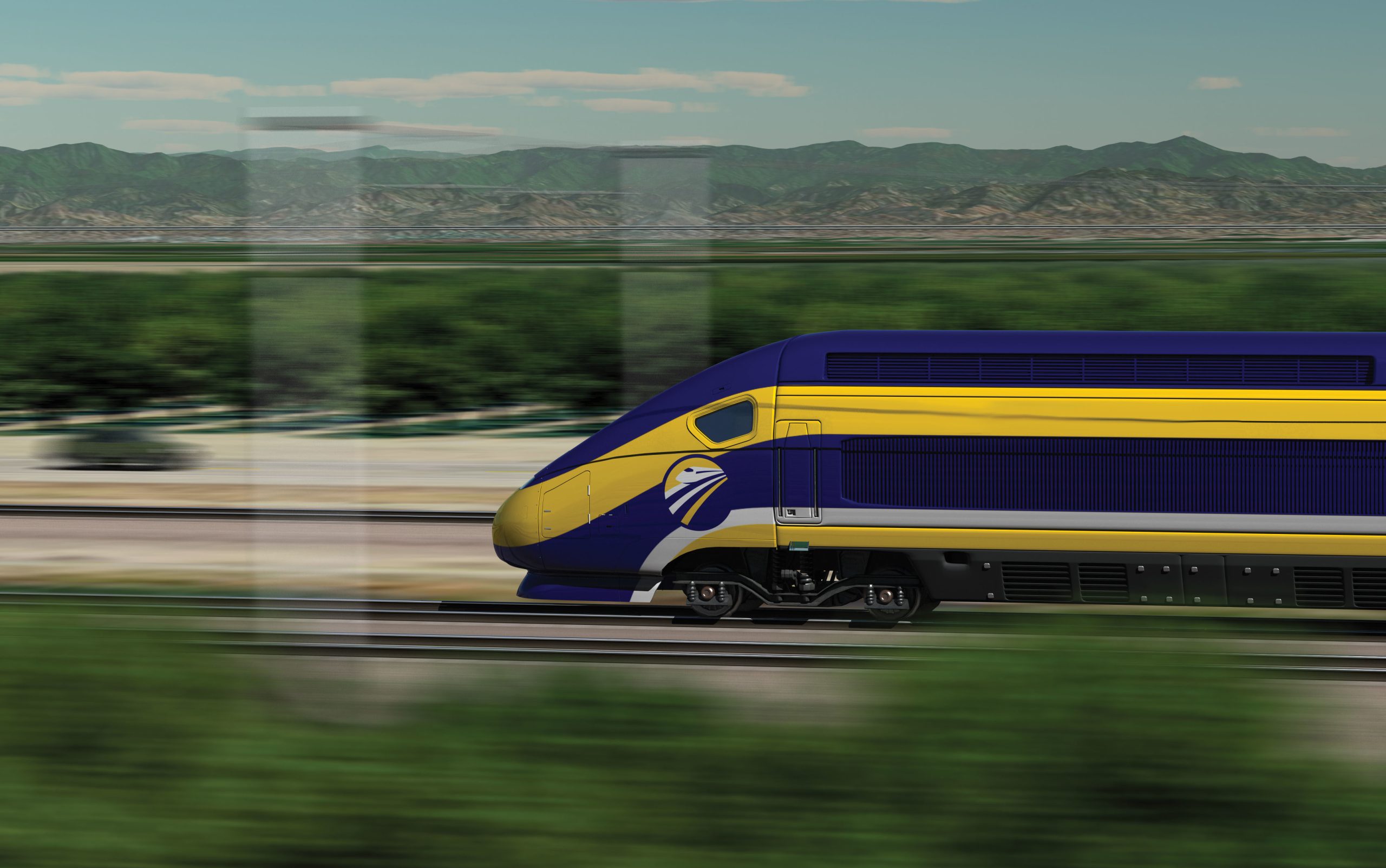Trains played a central role in the development of California. The transcontinental railroad, completed in 1869, was key in transforming California, then a state for 19 years, “from a once-isolated place to a major economic and political force, and helped lead to the state’s rapid growth.” In the early 21st century, a train is making California history again. But it’s unlikely to be written about in glowing terms by future historians.
The news about the California high speed rail project is rarely ever good. Recent reports haven’t altered the trend. On June 16, for instance, the San Jose Mercury News said that the “beleaguered” train had “suffered another unexpected blow this month in a new report that more than tripled the cost estimate for the San Francisco-to-San Jose segment to a staggering $5.3 billion.”
Apparently, there are also issues with “a controversial rail yard in Brisbane,” and concerns regarding “money allocated to everything from protecting Monarch butterflies to restoring Bent-flowered fiddleneck habitat.” Such protections were not a consideration when the Golden Spike was driven in Promontory Summit, Utah, connecting Central Pacific and Union Pacific railroads, and the East Coast with the West Coast. But this is California, where bees are fish, and humans are whatever the politics of the day, or of the particular topic being discussed, demand them to be.
On the same day the Mercury News story was published, the Fresno Bee reported that “federal grants from a massive infrastructure bill could breathe new life into California’s beleaguered” – there’s that word again – “high-speed rail project – if the state’s applications are selected by the Biden administration to receive a share of the funds.”
This isn’t necessarily bad news, but it is a reminder that: a project that was supposed to be running trains two years ago, but still hasn’t even conducted a test run; is recklessly underfunded; is seven years into the still-incomplete construction of a 119-mile leg in the Central Valley; could cost $120 billion (a not-all-astonishing figure found in the Mercury News story) rather than the original estimate of $33 billion; and is at least the state’s second attempt to build a “bullet train” is deeply troubled.
However, 56% of registered voters, and 73% of Democrats, say they want construction to continue, “even with operations extending only from Bakersfield to Merced in the Central Valley by the year 2030 and to the Bay Area by the year 2033 as is currently planned.”
Unlike the entrepreneurs, risk-takers, and visionaries who successfully linked California with the East Coast, there’s a widely missed connection here. Too many just aren’t “getting it.” It seems impossible, given the fairly intense media coverage of the project’s many breakdowns, that they’re not seeing the waste, mismanagement, administrative blunders, and insatiable appetite for more and more taxpayers’ money. Maybe, like former Gov. Jerry Brown, they don’t care how much their shiny toy costs as long as they get it.
Kerry Jackson is a fellow with the Center for California Reform at the Pacific Research Institute.

